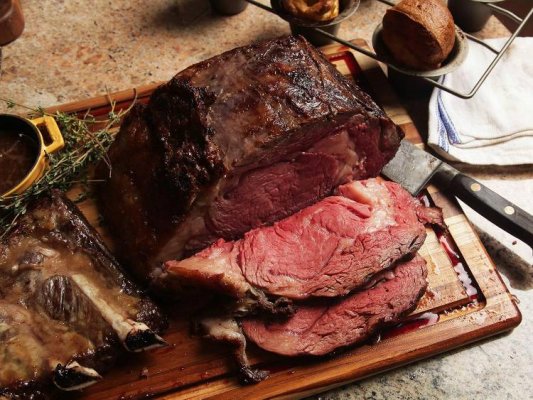CraigC
Master Chef
- Joined
- Jan 27, 2011
- Messages
- 6,486
Yep, preferences and methods!
IMHO, to me though, "reverse sear' is like pitching your tent AFTER the rain has come down.
Yeah, go low for the interior and THEN sizzle that suckers exterior at the end.
One problem though- when you sear at the END of the roasting cycle, you're just heating up the INTERIOR that much more because it had been heating up slowly, but now, it is influenced by the outside reverse sear temperature, which means the interior temperature of the roast will go up several degrees than you had originally intended.
Long story short: Your medium rare will turn into medium well, because of "reverse sear".
Pitch that tent BEFORE it rains...….
If you were familiar with the method you would know that isn't true.


